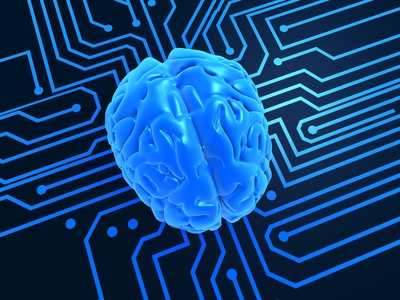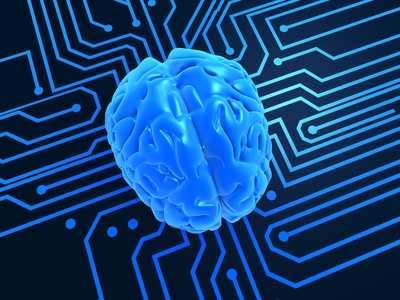
Computers which are robots created by man to perform computing tasks are being encouraged to develop a mind of their own and understand their creators better. They are now being programmed to respond to your emotions.
A new navigation system with the ability to provide emergency services with the quickest route while at the same time taking stress into account has been developed by Trung Bui, a PhD candidate at the University of Twente. This dialogue system identifies users’ emotions and has the ability to react to them appropriately.
A dialogue system is an advanced computer system that has been created to communicate with humans using a coherent structure. They are used for information provision with the use of speech, text, haptics, gestures, graphics and other modes of communication, for both output as well as input. An example of a dialogue system would be the speaking computer that provides travel information.
Usually, these computers do not take human emotions into consideration because emotions are very difficult to interpret – especially for a computer. How can a computer differentiate the difference between enthusiasm and anger in a raised voice? It requires a lot more information to figure out which of the two emotions the person has exhibited.
It may be easy for human beings to find the difference as they use a lot of other information that is available to them; but the same cannot be said with a computer. For a computer to be able to make this differentiation involves intricate programming.
Bui’s amazing dialogue system does exactly this – it takes human emotions into account. To achieve this, he used a mathematical technique that was originally developed in the 1960s and controls factory processes. It was called Partially Observable Markov Decision Process (POMDP).
He showed that this can be used to imbibe the user’s emotions into a dialogue system which had the capability to deal with uncertainties. Although this method performs better than all others that are in existence, it is limited to small-scale dialogue problems. For larger problems, the method needs a lot of calculating power.
This is the reason Bui developed a strategy that combines the Dynamic Decision Network (DDN) with POMDP. This combination known as the DDN-POMDP splits dialogue systems into two different levels. They have the ability to make a choice between looking far ahead and checking whether the required calculating power is available.
In order to demonstrate how effective the DDN-POMDP actually is, Bui applied the technique to a navigation system for emergency services that took into account the stress experienced by the user.
This navigation system gets the input from a separate stress module that has the power to assess an emergency worker’s stress levels, taking them into account when the user is communicating with the system. When the stress levels of a user are high, the system smartly anticipates that the user is more prone to make mistakes and will start requesting confirmation for the tasks performed by the user more often than normal.
The important issues that Bui plans on tackling in the future are scaling up the model with larger state, action and observation for managing problems to collect and generate artificial and real data to build and train the model well. With all these features, it is not long before computers become our saviors in more ways than one.













